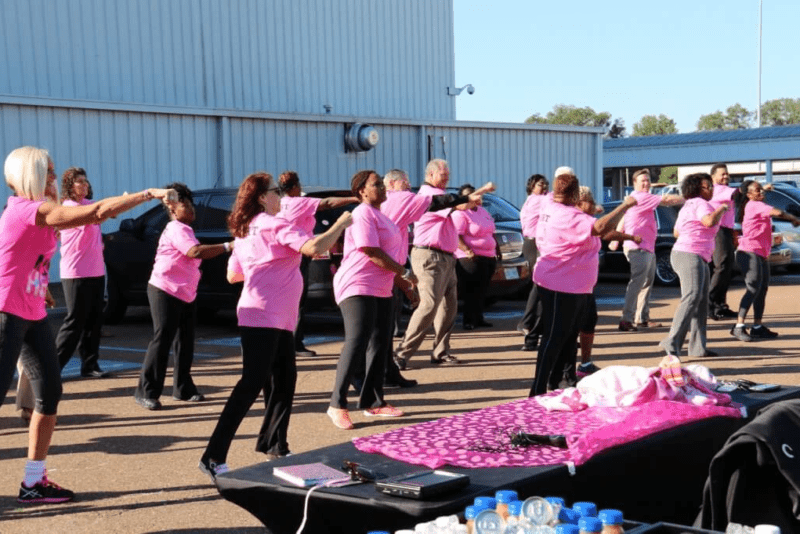Think about the work day after big sporting events or public holidays. Productivity was down. Maybe you even had a workplace accident. Yes – the majority of Australians drink, that’s a given. But the Australian Institute of Health & Welfare has found that 25% of us drink in excess more than once a month. Now take a look at your workforce. Actually have a look out the window, and probably around the office, too. 25% of them will have drunk in excess in the past month and it may be leaking problems into your workplace.

What problems could these be? In 2013, it was estimated that alcohol abuse cost Australian businesses 5.2 billion dollars in absenteeism & productivity loss. It was responsible for 5% of workplace deaths & 11% of non-fatal accidents. Costs related to absenteeism & productivity can be well hidden in most businesses because it’s hard for HR departments to gather enough information to attribute the costs to drug & alcohol abuse. It is also easy for employers to dismiss alcohol habits as a personal issue or choice that’s exclusive to their personal life.
You see, people consume alcohol for all sorts of reasons, mostly to relax and have fun. But some use it to dull emotional & physical pain. They use alcohol to get away from problems in life and cope with adverse situations. And when employees are struggling with this kind of alcohol abuse, it will affect those around them, whether at home or within the workplace.
The workplace is in a great position to assist workers struggling with alcohol abuse; they typically have the resources (money, connections, time) to promote healthy lifestyle changes and, in return, they win with improved workplace KPI’s (improved absenteeism & productivity). Let’s discuss some workplace solutions:
Comprehensive workplace alcohol and drug policy
Having a workplace drug & alcohol policy is a must for all worksites, as it identifies and targets factors that contribute to alcohol & drug use in workers. Identifying these factors will allow you to reduce workplace risk and improve the well-being of the individual, other employees and the workplace as a whole. The ins & outs of this is out of the scope of this blog, but check out Worklife. Worklife is an amazing Australian resource focused on workplace management of alcohol & drug abuse.
Access & education
“It’s not my fault, I didn’t know about it!” Have you ever heard this and thought, “This guy and his excuses!” Well there is actually truth and reason to this statement. If you’re someone working within the health & wellbeing space, get in the mindset that the responsibility is on you. If your workforce does not know about the risks of alcohol abuse, then it is your fault. You’re not doing enough to communicate and educate workers in this space. Within the workplace, communication & education can be achieved in many different forms:
- Informing staff around alcohol & drug abuse policy and the rationale behind it.
- Including alcohol abuse policy in staff induction information.
- Providing confidential access to alcohol support services.
- Promoting information (posters, flyers, slideshows) about safe consumption and the harms associated with alcohol abuse.
This is just to name a few. The opportunities extend as far as your creativity. Continue to think about access to services & education around all things alcohol abuse.

Health promotion programs
Along with improving an individual’s lifestyle, health promotion programs are a great way to gather health-related information about your workforce. In addition to asking workers about alcohol consumption, you can gather trends regarding smoking habits, dietary habits, sleeping habits and mental wellbeing to name a few. This will create a site-wide health profile which can be used to make informed decisions around which areas are best to invest in.
Here at Employ Health, we run a program called Fit For Life. This is a health promotion program that challenges workers to make healthy lifestyle changes over a period of several weeks. Before the program, we measure health-related metrics then compare these to scores at the conclusion of the challenge. Workers that are flagged with high alcohol consumption will have their program focussed on strategies in reducing this. Not only does it create a healthier workforce, but it’s also great for building a positive working culture and environment.
Fit for Life is just one of many potential health promotion programs that can be run on-site. Your imagination is your limiting factor here. The effects of alcohol abuse can be addressed effectively through large site-wide campaigns and small workshop programs alike. Consider your workforce, barriers to implementation and available resources to help decide the best approach.
Alcohol abuse is not isolated to a worker’s home. The negative effects of this lifestyle are leaking into your workplace. Everybody wins from an employer tackling this issue head on. At a site level, reductions in absenteeism & productivity loss are expected. For workers, this can be a pivotal change in their personal lives. Alcohol abuse is negatively affecting your workplace and you can do something about it.
So you want to get busy implementing one of the strategies above? Then reach out to us today!
